Your vital organs—screened
Scan your body for potential cancer and 500+ conditions in up to 13 organs.




Our scan is designed to















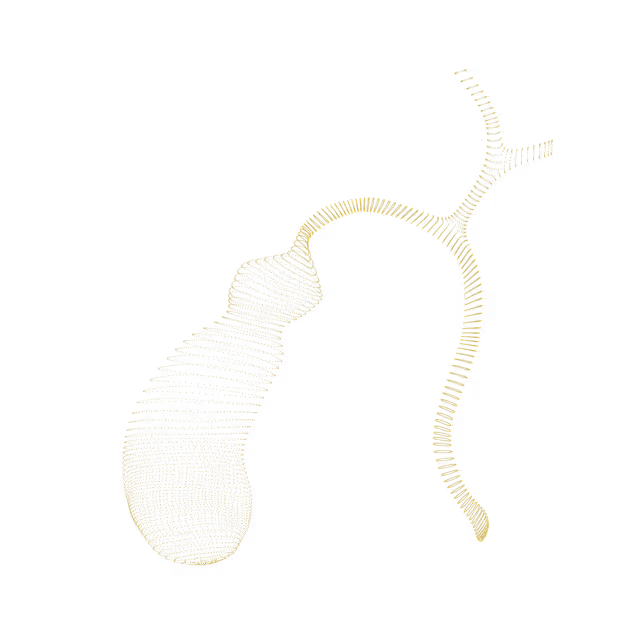
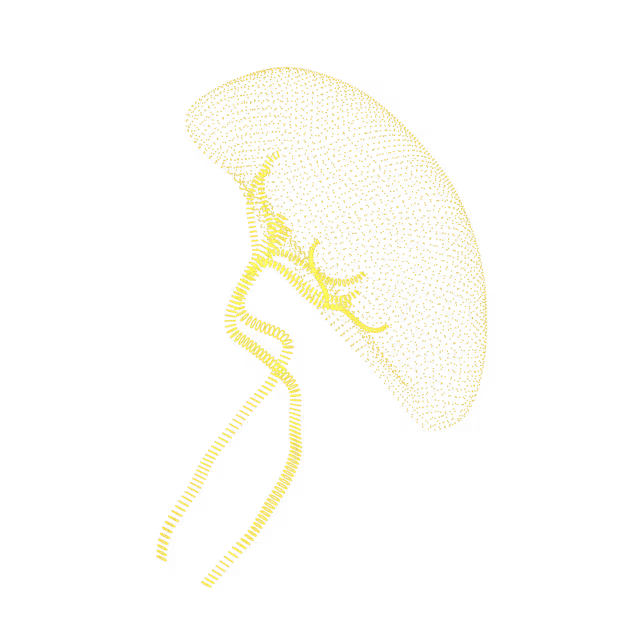

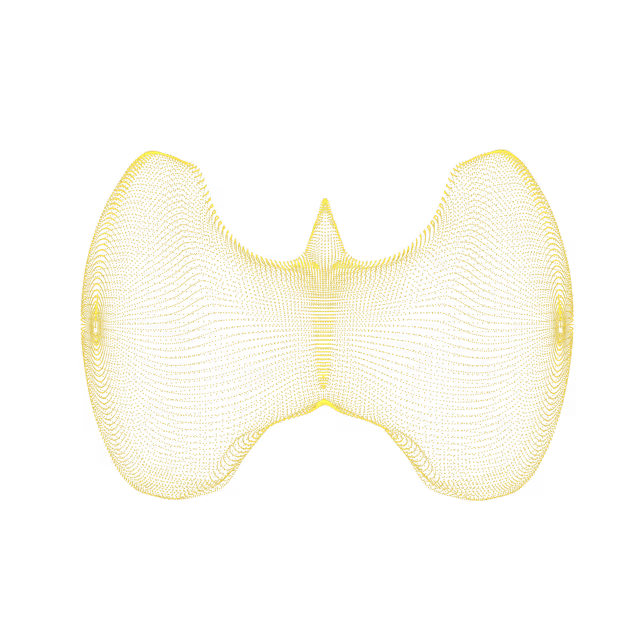

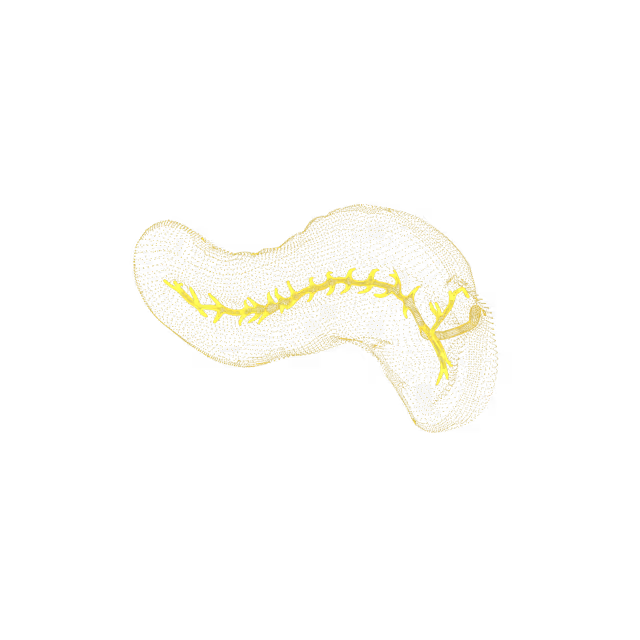
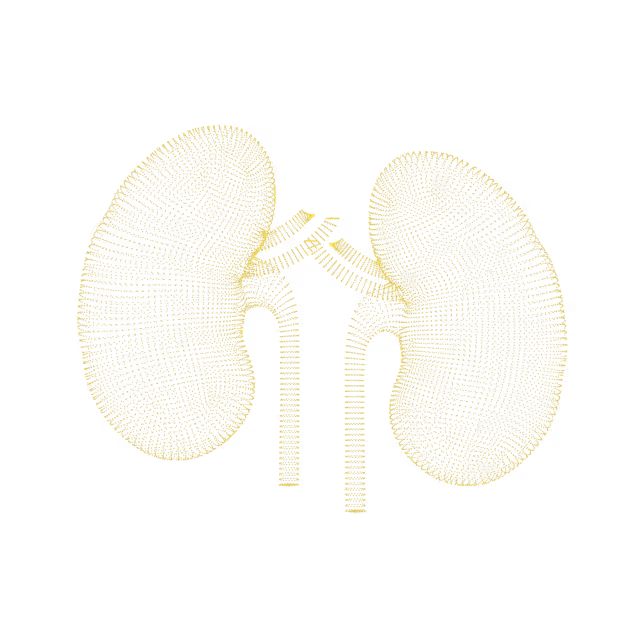
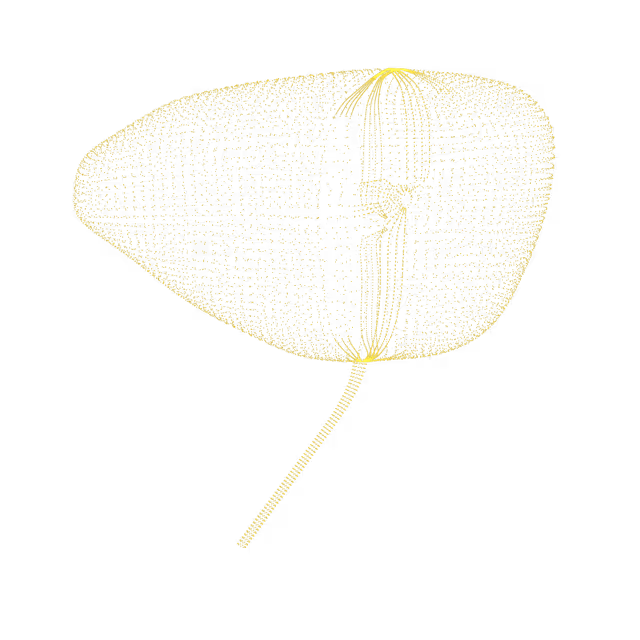
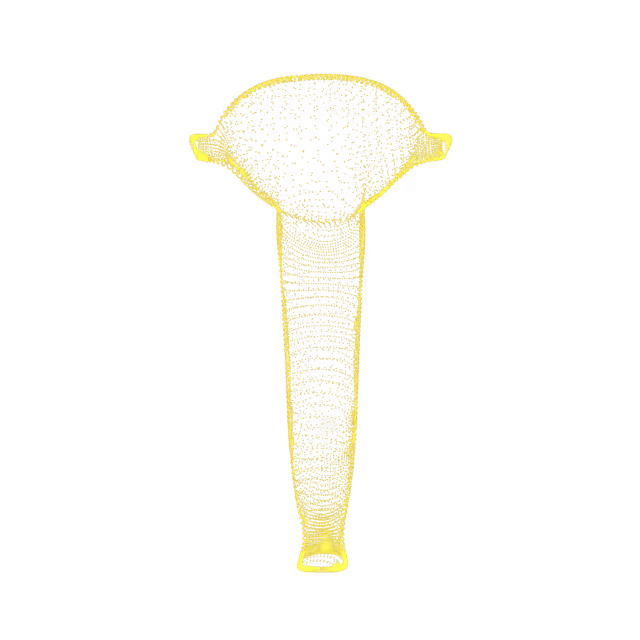
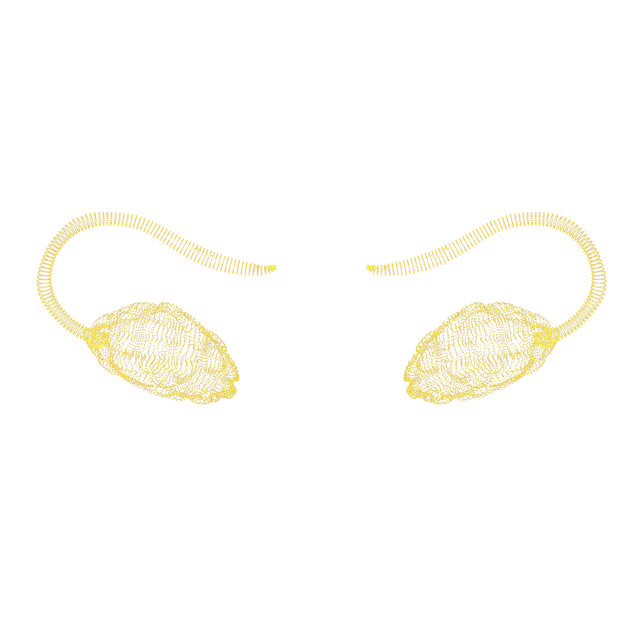
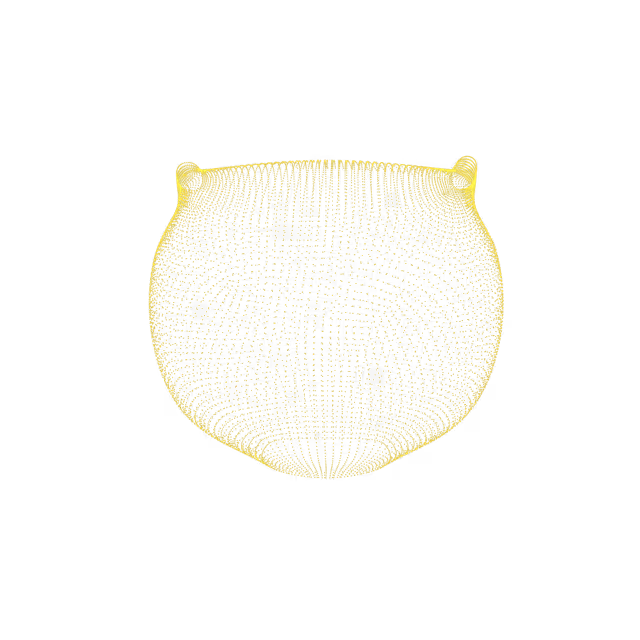

Bronchopulmonary describes the combination of the lung and airways. Past damage or inflammation to the lung tissue/pleura can show up as scars and granulomas (“marble” of scarring). Old tissue damage is not a cancerous condition.
Pectus excavatum is when the chest wall is depressed (caved in); this is a congenital condition (from birth) that does not change much after puberty (when the bones have matured and hardened). Although the cause is unknown, it accounts for 90% of chest wall disorders. It is usually solely a cosmetic concern, but when it is clinically significant, it can cause decreased exercise tolerance or shortness of breath.
Pulmonary cysts are round, thin walled sacs of tissue found within the lung. These structures usually contain air but occasionally also contain fluid or solid material. A pulmonary cyst may be present at birth or form as the lungs age. Multiple cysts can be associated with cystic lung diseases and can cause respiratory symptoms (eg. chest pain, shortness of breath, cough).
Pleural effusion, sometimes referred to as “water on the lungs,” is the build-up of excess fluid between the layers of the pleura outside the lungs. The pleura are thin membranes that line the lungs and the inside of the chest cavity and act to lubricate and facilitate breathing. Normally, a small amount of fluid is present in the pleura
Pulmonary fibrosis is a lung disease that occurs when lung tissue becomes damaged and scarred. This thickened, stiff tissue makes it more difficult for your lungs to work properly.
A hamartoma is a benign (non-cancerous) growth made of an abnormal mixture of normal tissues and cells from the area in which it grows. Pulmonary (lung) hamartomas can cause difficulty breathing, coughing up blood, and trigger pneumonia.
Lung metastases are formed by the spread of cancer from other organs to the lung.
A lesion is an abnormality seen on a lung-imaging test. A lung lesion may involve small to large areas of your lung(s), and the severity of the underlying condition may range from relatively minor to life-threatening. These lesions will need further work up to for a diagnosis.
Sarcoidosis is a disease characterized by the growth of tiny collections of inflammatory cells (granulomas) in any part of your body — most commonly the lungs and lymph nodes.
“Tumor” simply means an abnormal buildup of tissue that occurs when cells divide too quickly or do not die off as they normally should. A lung tumor is a tumor that occurs in the lung tissue itself or in the airways that lead to the lungs. Lung tumors can be either cancerous (malignant) or benign (non-cancerous).


© 2025 Ezra